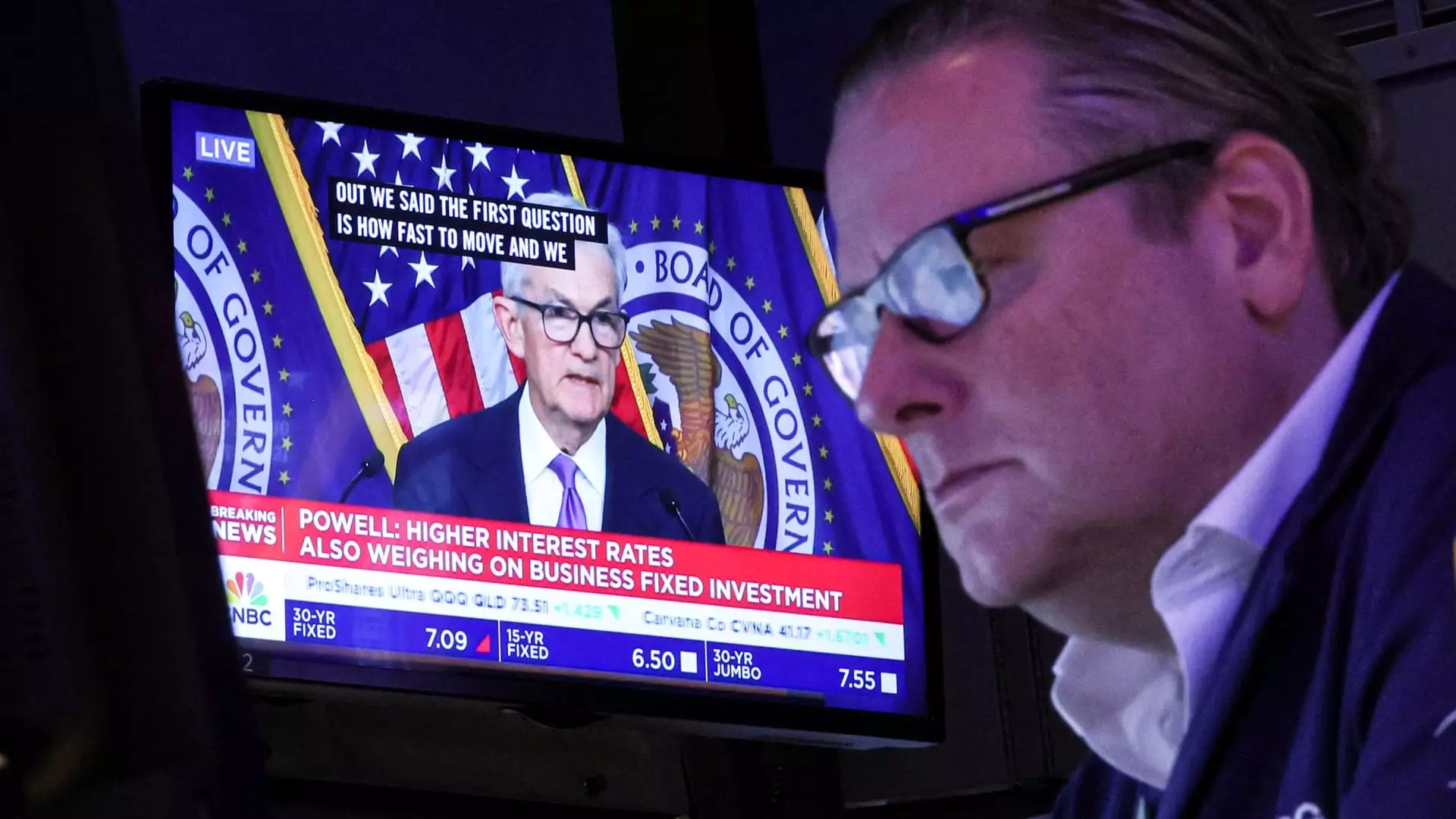As the Federal Reserve approaches a key decision point regarding interest rates, speculations abound about its implications for the U.S. economy and everyday consumers. On December 18, the Federal Reserve is expected to reduce interest rates by a quarter of a percentage point for the third consecutive time, prompting discussions about the overarching trends in economic policy. The cumulative effect of these cuts, totalling a full percentage point since September, signals a shift in the Federal Reserve’s strategy following a period of aggressive rate hikes to combat soaring inflation rates which reached a stunning 40-year high.
Despite these shifts, analysts advise caution. The Fed’s decision-making process is complicated by uncertainties surrounding the new fiscal policies under President-elect Donald Trump. In light of this uncertainty, experts are predicting that while a rate reduction may occur, it could yield limited immediate benefits for consumers facing high interest costs across various forms of borrowing.
The Ripple Effect of Federal Decisions
The federal funds rate serves as a crucial barometer within the banking system, determining the cost of borrowing among banks on an overnight basis. Though the impacts are somewhat indirect for consumers, the Fed’s decisions invariably influence borrowing costs for personal loans, mortgages, and credit.
By adjusting the federal funds rate downwards, the Fed aims to ease some financial pressures on consumers. A proposed reduction would lower the annual borrowing rate to a range of 4.25% – 4.50%. While this move is expected to create some relief, analysts like Brett House from Columbia Business School caution that not all consumer interest rates will follow suit. Certain crucial rates, such as those applied to credit cards, auto loans, and mortgages, may remain insulated from these federal fluctuations due to their structural foundations in the broader market.
Credit cards, largely tethered to the Fed’s rate adjustments, have displayed a notable lag in responsiveness. Since the Fed embarked on its rate cut initiative, the average credit card interest rate has climbed to an alarming 20.25%, close to all-time highs. Greg McBride from Bankrate highlights the slow pace at which card issuers adjust rates in response to federal movements; consumers hoping for immediate reductions may feel let down as issuers take time to recalibrate their offers.
For those grappling with significant credit card debt, McBride suggests a strategic pivot to 0% balance transfer cards, emphasizing that waiting for rate cuts to provide respite is unlikely to result in appreciable relief.
The Mortgage Market’s Response
In contrast, the mortgage landscape reflects the complexities of fixed rates, which are less susceptible to immediate changes in the Fed’s policy. Currently, the average rate for a 30-year fixed mortgage rests at approximately 6.67%. This figure, while down from previous highs, remains significantly elevated compared to the lows seen earlier in the year. Consumers with fixed-rate mortgages may experience stability in their payments unless they choose to refinance, thus indicating that many borrowers might not directly benefit from the anticipated cuts.
Experts like Jacob Channel suggest that mortgage rates may continue to exhibit volatility, making it challenging to predict future trends. Given the fixed nature of most mortgages, any potential advantages stemming from possible rate cuts are largely absorbed in the wider context of market forces and individual financial decisions.
The Auto Loan Dilemma
Auto loans present yet another challenging environment for borrowers. While interest rates on these loans remain fixed, overall vehicle costs have surged, intensifying the burden of monthly payments. The average financing amount now hovers around $40,000, drastically inflating monthly costs, despite any forthcoming Fed-induced relief. As consumer aspirations collide with escalating prices, the affordability crisis looms larger.
Student loans impose a mixed bag of implications. Federal student loan rates remain fixed, providing insulation from immediate fluctuations incurred by Fed policies. However, borrowers with private loans may stand to gain from rate reductions as rates are often linked to various market metrics. For those considering refinancing, it is crucial to weigh the benefits against the potential loss of federal protections associated with federal loans.
On a more positive note for savers, the Fed’s actions have resulted in higher yields on savings accounts, making it an advantageous period for those looking to protect their cash. This dichotomy presents a compelling narrative about the Fed’s role, illustrating how its decisions affect different facets of the economy unequally.
Although the Federal Reserve’s anticipated interest rate cuts may present an opportunity for easing financial constraints, consumers must navigate a web of complexities that complicate the relationship between federal policy and personal finance. Rising costs persist, making it critical for borrowers to strategize their financial planning around these nuanced market dynamics. As the economic landscape evolves, remaining informed and adaptive will be vital to effectively manage personal economic pressures.

